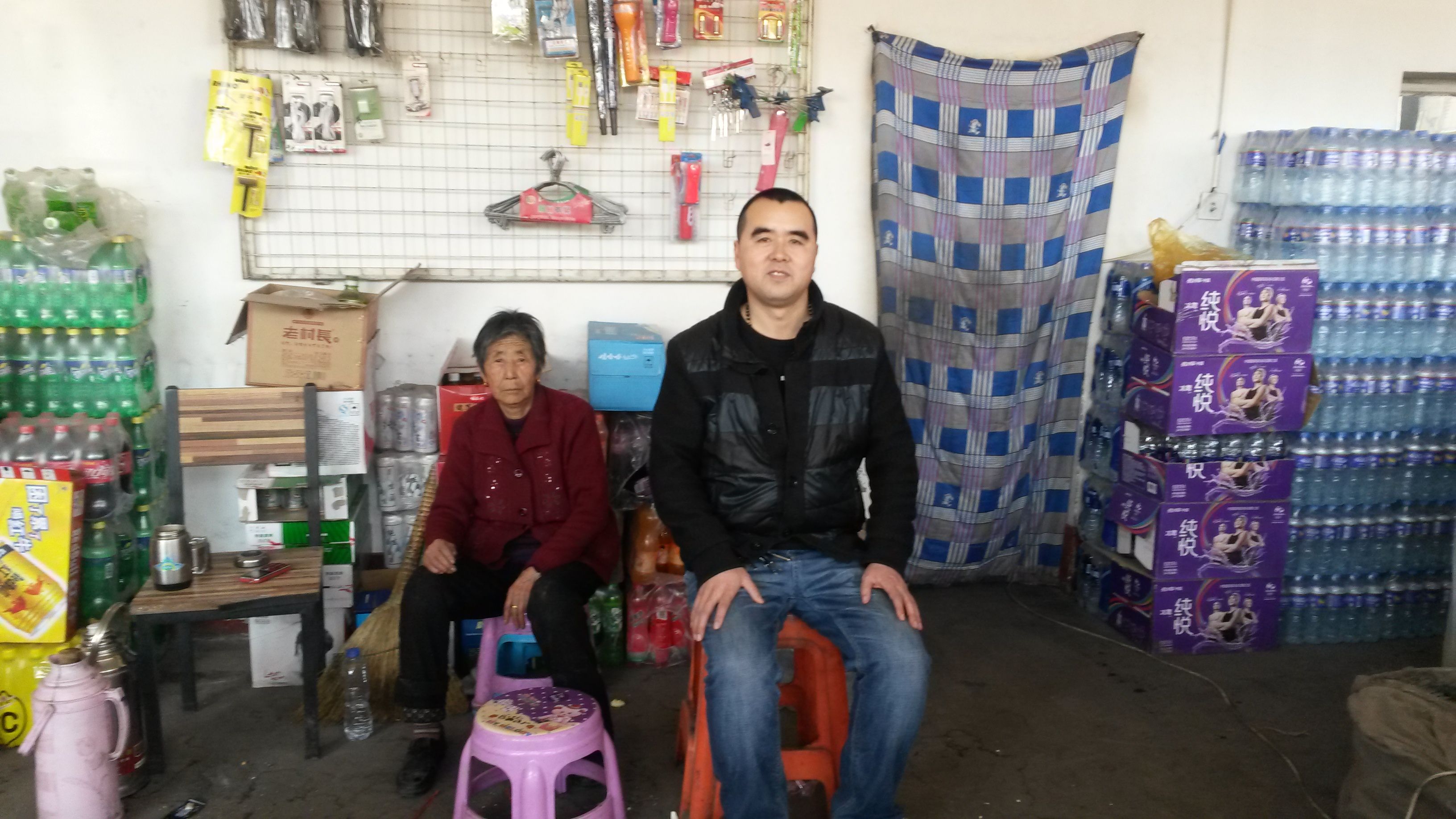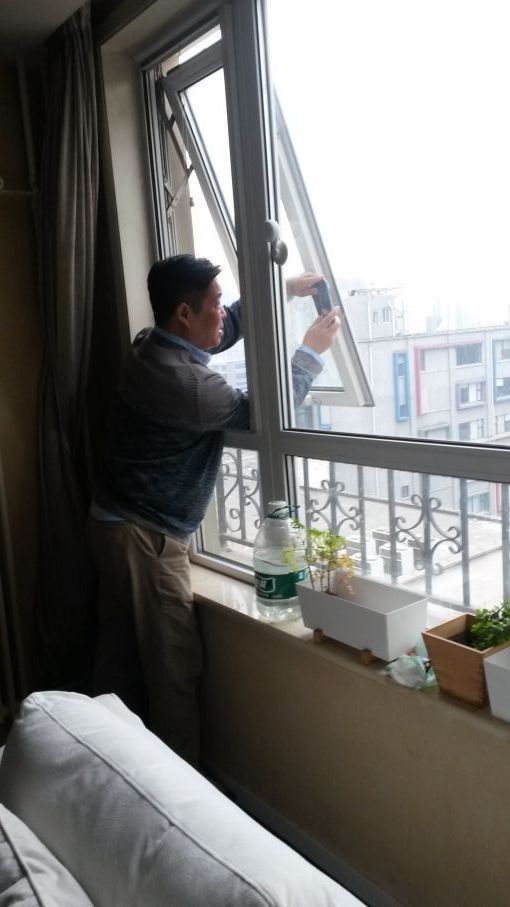Objective:
You will be be able to cite specific details from reporting about China’s response to air pollution in order to develop a project that combats air pollution in your own community
Warm Up:
1. Take a deep breath in and out. Notice the air as it passes, and consider the following:
- How does it feel?
- What does it look like?
- What does it smell like? Taste like?
2. Take a deep breath in and out. Notice the air as it passes, and consider the following:
- How do you feel as you take each breath?
- How often do you notice the air you breathe?
- How clean do you think the air is?
In many cities in China, air has become a daily topic of discussion. In fact, many Chinese citizens track the quality of their air every morning on their mobile phones. Here is a screenshot of one website (http://aqicn.org/city/beijing) tracking air quality in China from Monday, April 2. 2018. What do you notice?

A screenshot from http://aqicn.org/city/beijing/ visualizes air pollution in Beijing, China on Monday, April 2, 2018.
Introducing the lesson:
In today’s lesson, you will explore a series of stories from National Geographic to examine the causes and impacts of pollution in China, where an estimated 1 million people die annually due to air pollution. You will also examine how China’s government and its citizens are responding.
Before reading, predict:
- What might be causing air pollution in China?
- Use the image below to determine which parts of China are most affected by air pollution. Why do you think those places are the most affected?

This image was originally published in The Economist on August 15, 2015 as part of the article "Mapping the Invisible Scourge." Screenshot from Economist.com. United States, 2015.
3. How might pollution directly impact people in China?
4. How would you respond if you didn’t feel safe to breathe the air in your community? How would you want your government to respond?
5. For a quick review of the causes and impacts of air pollution review the short film below.
Introducing the resource: “China's Surprising Solutions to Clear Killer Air”
1. As you review the article, use the table below to track how the author organizes information. Identify at least three details that fall into each category.
|
Causes of air pollution |
Impacts of air pollution |
Solutions to combat air pollution |
|
|
|
2. After reading, respond to the following questions on a separate sheet of paper. Be prepared to share your answers.
- What is contributing to pollution in China’s cities? (Name at least three contributors)
- How has the government responded?
- What does the author say has made a, “real change in the relationship between China’s people and its government?”
- How might pollution in China connect directly to you and your life?
- Which factors contributing to air pollution in China might also be impacting your community? How could your community respond?
Discussion Questions:
In small groups, or as a class, discuss the following using details from the article:
- What is contributing to pollution in China’s cities? (Name at least three contributors)
- How has the government responded?
- What does the author say has made a, “real change in the relationship between China’s people and its government?”
- How might pollution in China connect directly to you and your life?
- Which factors contributing to air pollution in China might also be impacting your community? How could your community respond?
Extension Activities
1. A Letter Demanding Action
Identify something in your community that is contributing to air pollution. Next, make a list of ways that your community will be impacted by that pollution. Use the article and your own research to identify potential impacts. Finally, brainstorm a list of ways your community could combat this pollution. As you make your list, consider how community members might respond to those solutions. What can you think of that would make them more likely to try your solution?
Use your brainstorm to identify a local political leader who might be able to support your idea. Craft a letter that utilizes details from your brainstorm and the article from National Geographic to convince the local leader to support your idea.
2. Creating Pollution Art
While investigating how China is actively working to combat air pollution, Pulitzer Center grantee Beth Gardiner encountered a trio of artists who are responding to pollution in diverse, creative ways. Review the attached resource, “Three Quirky Projects Make Art Out Of China's Polluted Air” and track how the author organizes information using the table below.
| Project Name | Project Description | How does this project address air pollution in China? |
Using the projects above as inspiration, devise your own art project that responds to air pollution in your community. Share your project with Beth and the Pulitzer Center, by sending an image of your final piece to [email protected].
This lesson can be explored independently, but also outlines moments for reflection and discussion. It is aligned with the following Common Core Standards:
CCSS.ELA-LITERACY.CCRA.R.1
Read closely to determine what the text says explicitly and to make logical inferences from it; cite specific textual evidence when writing or speaking to support conclusions drawn from the text.
CCSS.ELA-LITERACY.CCRA.R.3
Analyze how and why individuals, events, or ideas develop and interact over the course of a text.
If you are interested in connecting your class with journalist Beth Gardiner over Skype, contact us by emailing [email protected]



